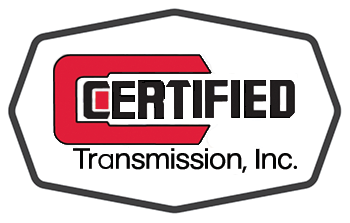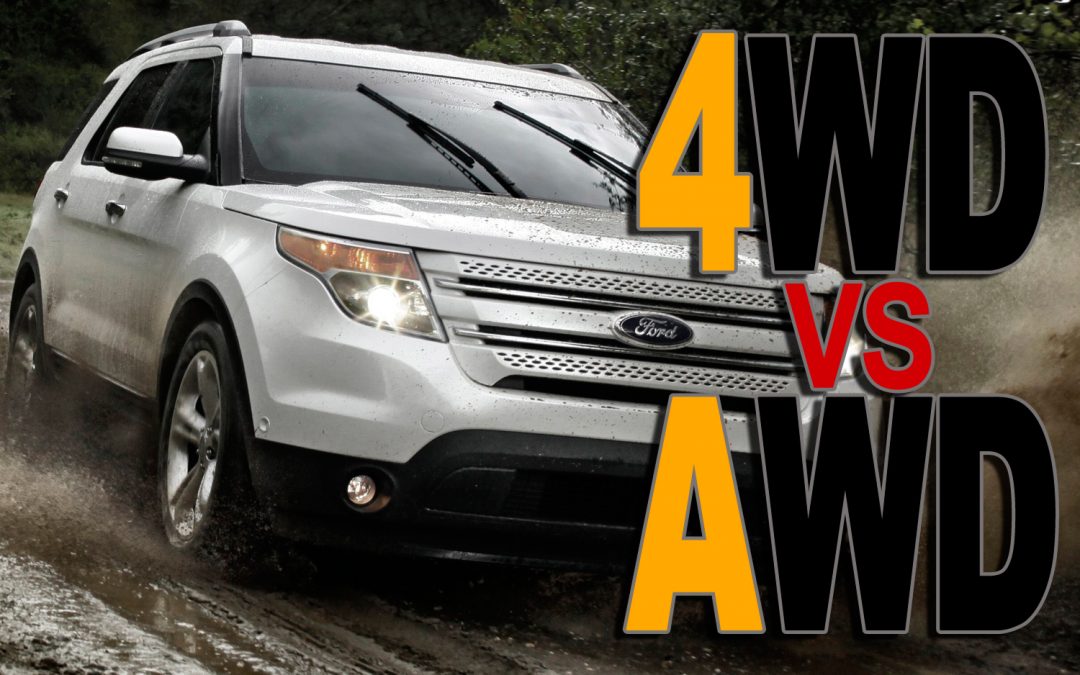The question regarding the difference between four-wheel-drive (4WD) and all-wheel-drive (AWD) systems comes up quite frequently. When shopping for a new vehicle, car buyers have a few different options available to them when it comes to purchasing a vehicle that can incorporate all four wheels for added traction. Although the overall purpose of both systems is for increased traction, the way in which they function differs significantly. Below you will find how each system operates and their pros and cons, written by automotive experts who have been in business since 1970.
Four Wheel Drive (4WD)
4X4 vehicles use a drivetrain that employs two differentials and a transfer case to provide power to all four wheels of the vehicle. Four-wheel drive systems are generally used for off road purposes as they have been proven time and again to be the most rugged technology available and offer the best traction in rough conditions. A great advantage to these systems is that typically they can be manually turned off to improve fuel economy. These systems are generally found on trucks and SUV’s such as the Dodge Ram or Chevy Silverado.
For a great video that explains the 4×4 system in further detail, click here.
All Wheel Drive (AWD)
All-wheel-drive systems employ front, rear, and center differentials to provide power to all four wheels. These systems differ from Four Wheel Drive (4X4) systems in that they use a center differential instead of a transfercase. AWD systems are the newest technology we have today when it comes to employing all four wheels for added traction. These systems work much differently than 4X4 systems do and can offer both advantages and disadvantages to the operator.
All-wheel-drive vehicles do not allow the driver to manually turn them on and off, so they are constantly in use. They work great in slippery conditions as the vehicles computer will automatically sense dangerous conditions and will provide the proper amount of traction to all four tires to keep the vehicle straight. Although they can’t match the level of traction and off road capabilities of 4X4 systems, they work particularly well in normal everyday driving situations. These systems can be found on vehicles such as the Subaru WRX or Audi R8.
For a video explaining AWD systems in further detail, click here.
What is a Transfer Case?
The transfercase is a part of the drivetrain of four-wheel-drive, all-wheel-drive, and other multiple powered axle vehicles. The transfer case transfers power from the transmission to the front and rear axles by means of drive shafts. In all time 4X4 systems (where the driver cannot turn the four-wheel-drive off), a vital component of the transfer case is that it synchronizes the difference between the rotation of the front and rear wheels. This prevents the vehicle from hopping around turns on dry pavement.
For a video explaining the transfer case in further detail, click here.
So What Should I Get?
Determining which option is the best for you, it is important to first consider the primary use of the vehicle. If you plan to do a lot of off-roading, then we suggest going with a four-wheel-drive vehicle as these will perform much better in rough conditions. If the majority of the miles you will be putting on your car are highway miles, then an all-wheel-drive option may be better for you.


Recent Comments